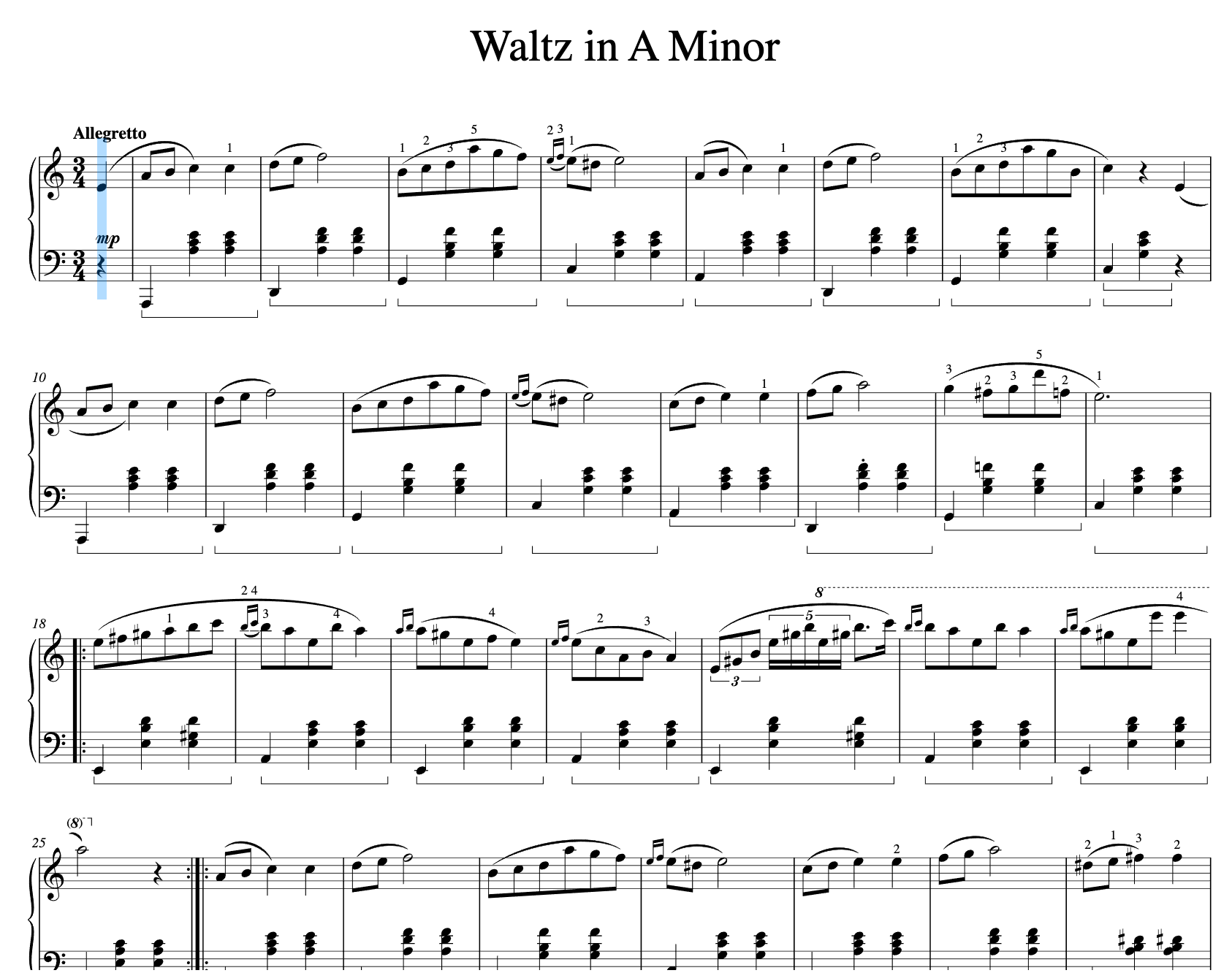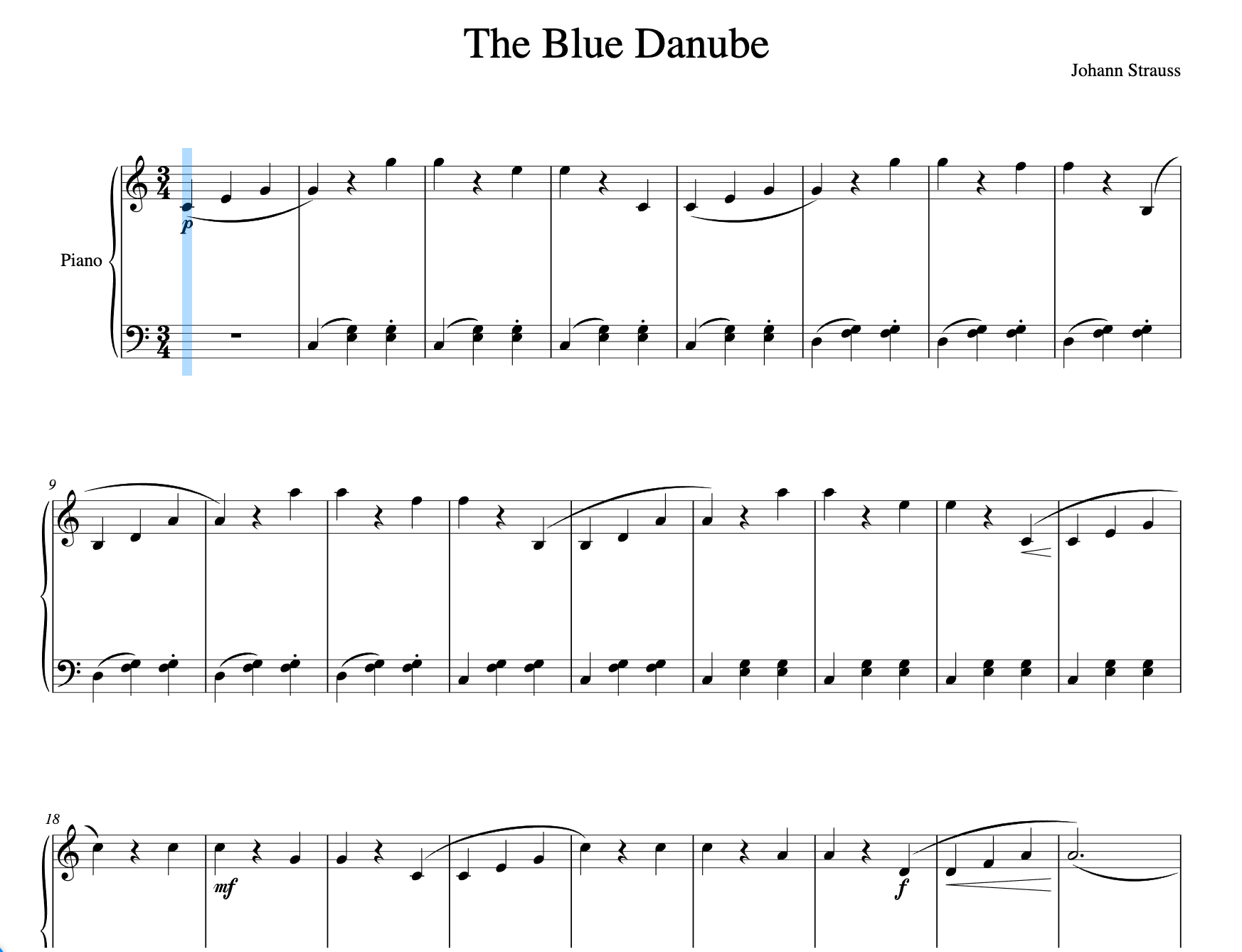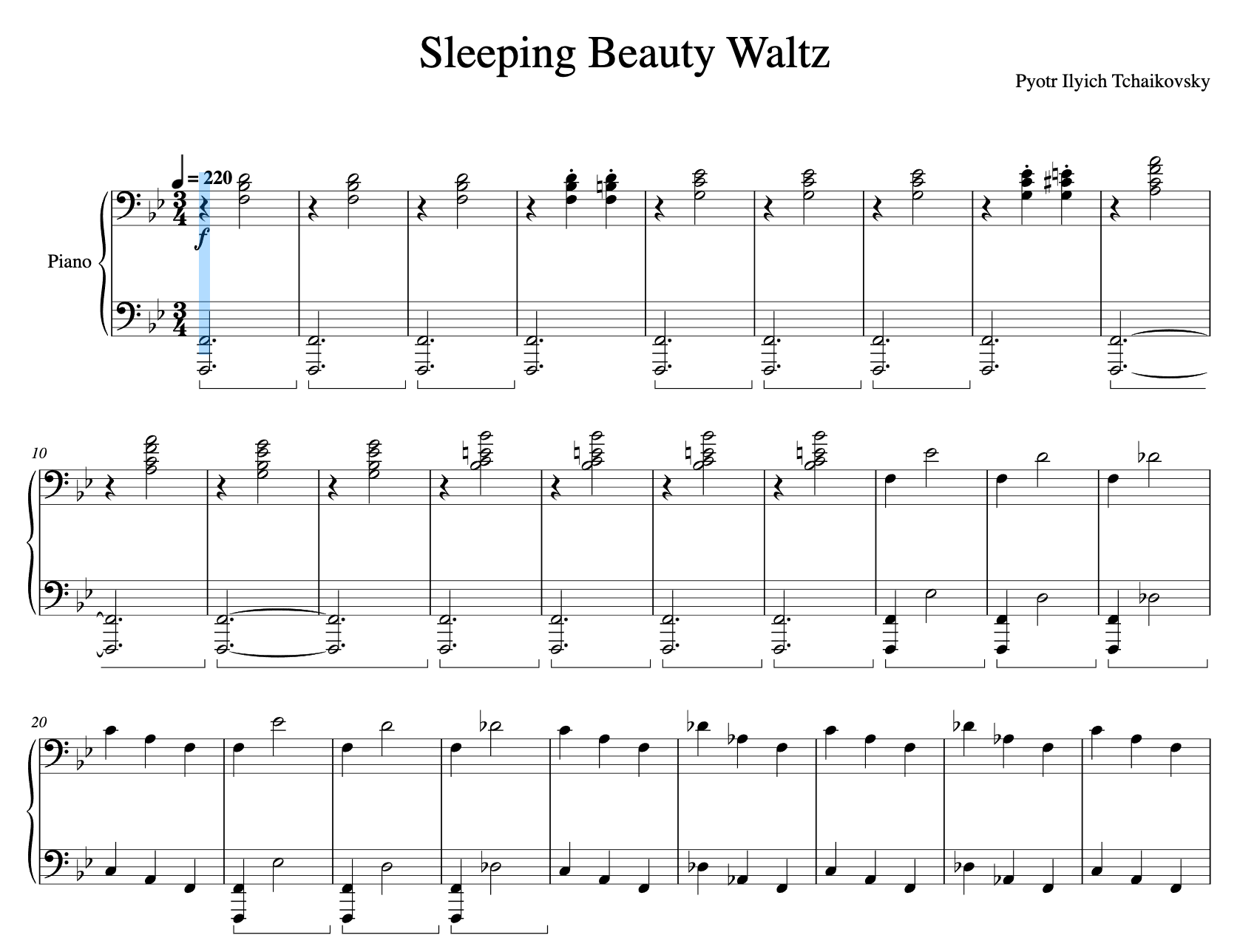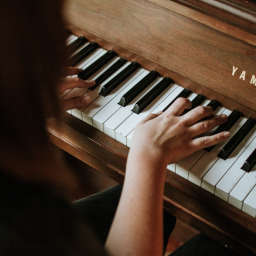Introduction to Waltz Piano for Beginners
The waltz is a timeless dance form characterized by its graceful 3/4 time signature and flowing melodies. For piano beginners, learning waltz pieces provides an excellent foundation in rhythm, phrasing, and expression. This guide will introduce you to essential waltz piano techniques and recommend several accessible classical sheet music pieces to practice.
When starting with piano for beginner, it's crucial to select appropriate free sheet music or beginner-friendly arrangements. Many renowned composers like Chopin, Brahms, and Tchaikovsky have created beautiful waltzes that are perfect for developing your skills.
Understanding the Basics of Waltz Rhythm
Before we delve into specific pieces, let's break down the fundamental elements of waltz rhythm. The waltz is characterized by its distinctive 3/4 time signature, which means each measure consists of three beats. This rhythmic pattern creates a flowing, dance-like quality that is both soothing and engaging. When you first start practicing waltz pieces, it's essential to focus on maintaining a steady tempo. Keep time with a metronome if you have one, or tap your foot to stay steady. This will help you internalize the rhythm and ensure that your playing remains smooth and consistent.
How to Practice:
- Play a simple bass note on the first beat (the "oom").
- Follow with two chords or higher notes on the second and third beats (the "pah-pah").
- Use a metronome to keep a steady tempo—start slow (around 60-80 BPM) before increasing speed.
Left-Hand Patterns
A common waltz accompaniment involves:
- Bass note (root of the chord) on Beat 1.
- Chord (inverted or closed position) on Beat 2.
- Same or different chord voicing on Beat 3.
This pattern creates the dance-like sway essential to waltz music.
Essential Waltz Piano Pieces for Beginners
Here are some accessible yet beautiful waltzes to help you develop your skills. Each piece is available as piano sheet music online, and some can be found as free sheet music in public domain collections.
1. "Waltz in A Minor" by Frédéric Chopin (B. 150)
Why It’s Great for Beginners:
- Simple, melancholic melody.
- Repetitive left-hand pattern.
- Moderate tempo, making it manageable for piano for beginner players.
Breakdown:
- Section : The left hand plays a steady bass-chord-chord pattern while the right hand carries a lyrical melody.
- Section B : The mood shifts slightly with a more flowing right-hand line.
- Return to A : The opening theme repeats, allowing you to reinforce muscle memory.
Practice Tip: Focus on keeping the left hand light and bouncy to avoid a heavy, plodding sound.
In Sheetmusicgo,we have a Roblox version of Waltz in A Minor—you can play it on your computer keyboard! Use the Roblox sheet music to learn the melody, then practice on the actual score for a better performance.

2. "The Blue Danube" by Johann Strauss II (Simplified Arrangement)
Why It’s Great for Beginners:
- Recognizable melody keeps motivation high.
- Many simplified versions available as classical sheet music.
Breakdown:
- Introduction (Arpeggiated Chords): Sets the waltz’s flowing mood.
- Main Theme : A stable left-hand accompaniment underpins the right hand’s performance of the memorable melody.
- B Section : A contrasting, slightly more rhythmic variation.
Practice Tip: Use a swinging wrist motion in the right hand to emphasize the rise and fall of the melody.
The Blue Danube - roblox sheet music

3. Waltz from the "Sleeping Beauty" by Pyotr Ilyich Tchaikovsky
Why It’s Great for Beginners:
- Fairytale-like charm.
- Clear phrasing and repetition.
Breakdown:
- A Section : A regal, ascending melody with a steady waltz bass.
- B Section : A contrasting, more playful section.
Practice Tip: Play the A section with grandeur and strength, then transition to a gentle, expressive touch in the B section.

Advanced Waltz Techniques to Explore
Once you’re comfortable with basic waltz patterns, try these refinements:
1. Rubato (Expressive Timing)
- Slightly stretch or compress phrases for emotional effect.
- Works well in Chopin’s waltzes.
2. Ornamentation (Trills, Grace Notes)
- Adds elegance to melodies.
- Common in classical sheet music from the Romantic era.
3. Pedaling for Smoothness
- Use the sustain pedal lightly on the first beat to connect bass notes without blurring chords.
Conclusion
Learning waltz piano pieces is a rewarding journey that enhances rhythm, expression, and technical control. By starting with simple pieces like Chopin’s "Waltz in A Minor" or Strauss’s "The Blue Danube," piano for beginner students can build confidence while enjoying timeless melodies.
To master the waltz, take your time—practice at a slow tempo, perfect the left-hand pattern first, and then build in phrasing and dynamics.With the right piano sheet music and dedication, you’ll soon be playing these elegant dances with grace and ease.
Enjoy bringing these melodies to life!












